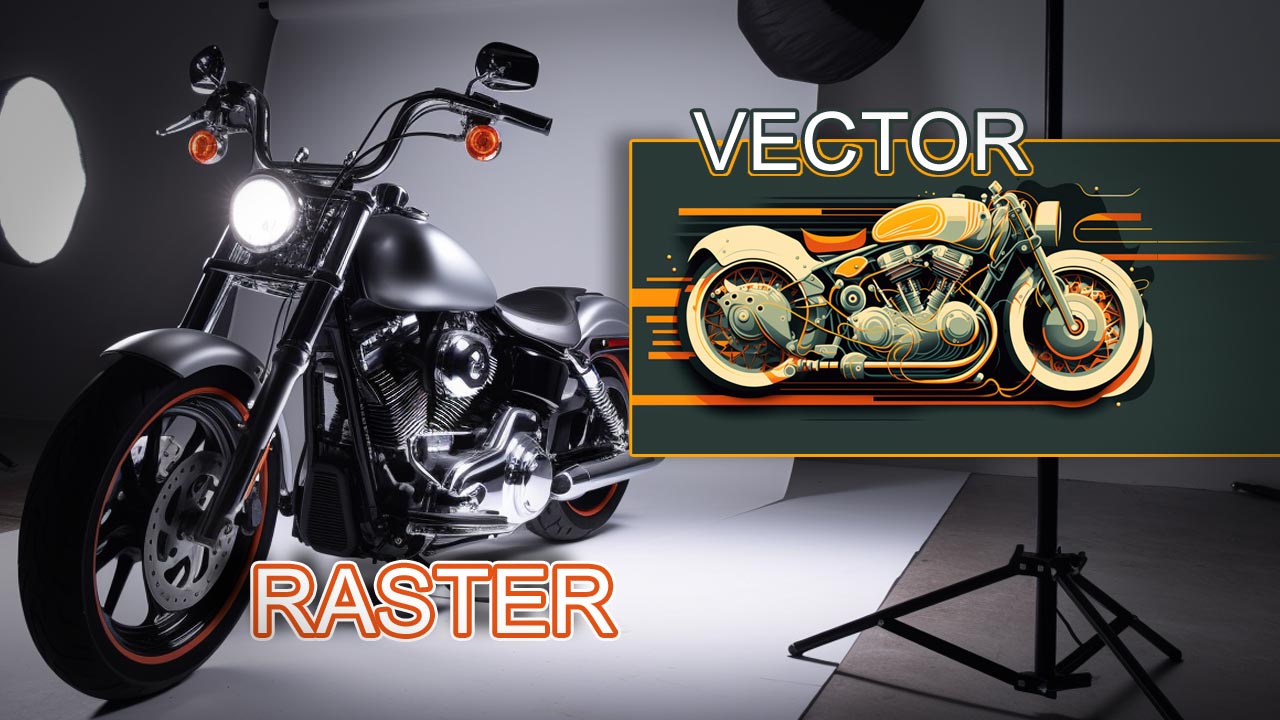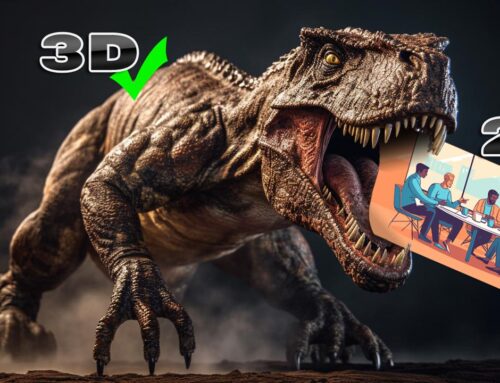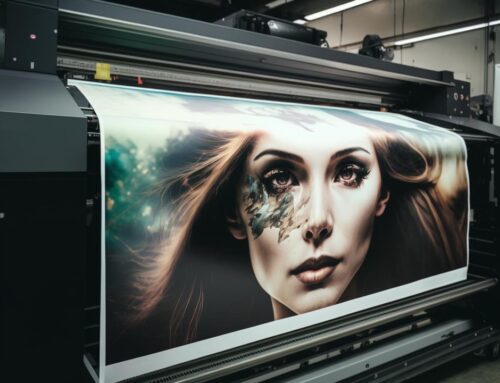When it comes to creating digital images, graphic designers and artists rely on two primary types of graphics: vector and raster. Understanding the difference between these formats is essential for anyone working with digital images, whether for web design, print design, or other creative purposes. This article will explore the fundamental differences between vector and raster graphics, and discuss their respective advantages and disadvantages.
What Are Raster Graphics?
Raster graphics, also known as bitmap images, are composed of individual pixels arranged on a grid. Each pixel in the grid contains color information, and together, these pixels form the complete image. Common raster file formats include JPEG, PNG, GIF, and BMP.
Characteristics of Raster Graphics
- Resolution-dependent: Raster images are resolution-dependent, meaning their quality is determined by the number of pixels in the image. As a result, raster images can lose quality when resized, especially when enlarged. This is known as pixelation.
- File size: Raster images can have larger file sizes compared to vector graphics, especially when they have high resolution or contain a large number of colors.
- Image editing: Raster graphics can be edited using software like Adobe Photoshop, which provides a wide range of tools for manipulating individual pixels and layers.
Advantages of Raster Graphics
- Photorealistic images: Raster graphics are ideal for representing complex images with gradients, textures, and shadows, such as photographs and digital paintings.
- Versatility: Raster images can be used in a wide range of applications, including print, web, and multimedia.
Disadvantages of Raster Graphics
- Limited scalability: As mentioned earlier, raster images can lose quality when resized, which can be a significant drawback when working with different output sizes or devices.
- Larger file sizes: High-resolution raster images can result in large file sizes, which can slow down websites and take up valuable storage space.
What Are Vector Graphics?
Vector graphics, in contrast to raster graphics, are based on mathematical formulas that define points, lines, curves, and shapes. These formulas determine the position, length, and direction of each element in the image. Common vector file formats include SVG, AI, and EPS.
Characteristics of Vector Graphics
- Resolution-independent: Unlike raster graphics, vector images are resolution-independent, meaning they can be resized without losing quality. This is because vector graphics rely on mathematical formulas rather than pixels.
- File size: Vector graphics typically have smaller file sizes than raster images, especially for simple or flat designs.
- Image editing: Vector graphics can be edited using software like Adobe Illustrator, which provides tools for manipulating paths, points, and shapes.
Advantages of Vector Graphics
- Scalability: Vector images can be scaled up or down without any loss of quality, making them ideal for designs that need to be reproduced at different sizes, such as logos and icons.
- Smaller file sizes: For simple and flat designs, vector graphics often have smaller file sizes than their raster counterparts, which can help improve website performance and save storage space.
- Editability: Vector graphics are easily editable, as individual elements can be manipulated without affecting the rest of the image.
Disadvantages of Vector Graphics
- Limited complexity: Vector graphics are not well-suited for representing complex images with gradients, textures, and shadows, such as photographs or detailed illustrations.
- Software requirements: To edit vector images, specialized software like Adobe Illustrator or Inkscape is required, which can have a steeper learning curve than raster editing tools like Photoshop.
Choosing Between Vector and Raster Graphics
When deciding whether to use vector or raster graphics, consider the following factors:
- Purpose: Consider the purpose of your design. If you need a scalable image for logos, icons, or simple illustrations, vector graphics are likely the better choice. For photorealistic images or complex digital paintings, raster graphics may be more appropriate.
- Output size and resolution: Think about the final output size and resolution of your design. If you anticipate needing to resize the image frequently, or if it needs to display well on a variety of devices and screen resolutions, vector graphics may be more suitable. Raster graphics can become pixelated when scaled up, so they’re best for projects with fixed dimensions.
- File size constraints: If you’re working with limited storage space or need to optimize a website for performance, vector graphics are often more efficient due to their smaller file sizes. However, this advantage may be diminished for complex vector images with many elements.
- Software and skills: Consider your familiarity with graphic design software and the tools you have available. If you’re comfortable with vector editing software like Adobe Illustrator, you may find vector graphics easier to work with. Raster graphics can be edited in more widely-used programs like Photoshop, which may be more accessible for some users.
Converting Between Vector and Raster Graphics
In some cases, it may be necessary to convert an image from one format to another. Here’s how to convert between vector and raster graphics:
Converting Vector to Raster
To convert a vector image to a raster format, follow these steps:
- Open the vector image in a vector editing program like Adobe Illustrator.
- Set the desired output resolution and dimensions.
- Export the image as a raster file format, such as JPEG or PNG.
Keep in mind that converting a vector image to raster format will make it resolution-dependent and subject to pixelation when resized.
Converting Raster to Vector
Converting a raster image to vector format is more complex and typically requires a process called “tracing” or “vectorization.” This process involves using software to analyze the raster image and generate vector paths based on the detected shapes and lines.
- Import the raster image into a vector editing program like Adobe Illustrator.
- Use the tracing or vectorization tool to create vector paths based on the raster image.
- Fine-tune the vector paths, adjusting nodes and curves as needed for accuracy.
- Export the image as a vector file format, such as SVG or AI.
Note that converting a raster image to vector format may not preserve all the details, especially for complex or textured images. Manual adjustments may be necessary to achieve the desired result.
Wrapping Up
Understanding the differences between vector and raster graphics is crucial for anyone working with digital images. Each format has its own set of advantages and disadvantages, and choosing the right one depends on factors like purpose, output size, file size constraints, and software availability. By recognizing the unique characteristics of each format, you’ll be better equipped to create high-quality designs that meet your project requirements.





